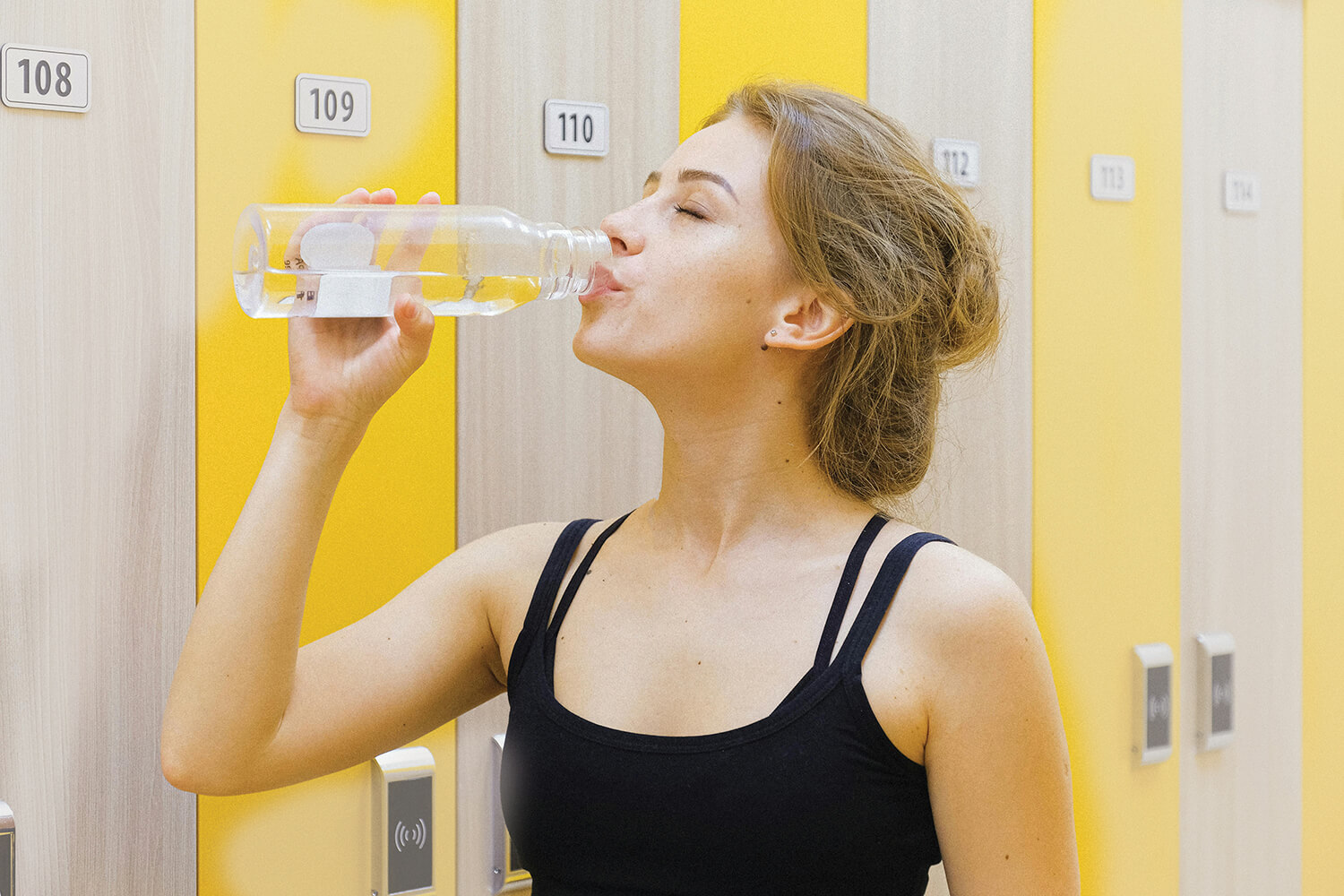
Photo credit: Tima Miroshnichenko
Bottled Water vs Tap Water
In the United States, bottled water is often perceived as a cleaner, safer alternative to tap water. However, recent investigations reveal that this perception may not align with reality.
A significant portion of bottled water originates from municipal tap water sources. Brands like Dasani, Nestle Pure Life, Niagara Bottling’s Kirkland Signature and Aquafina source their water from public supplies, subjecting it to additional filtration processes before bottling. Despite this, consumers often pay a premium, unaware that they’re essentially purchasing repackaged tap water.
Studies have detected microplastics and per- and polyfluoroalkyl substances (PFAS) in bottled water samples. A 2018 study found that 93% of bottled water samples contained microplastic contamination, with some bottles containing over 100 particles per liter. PFAS, often referred to as “forever chemicals,” have been found in both bottled and tap water, raising concerns about long-term health effects.
Companies like Nestlé have been scrutinized for extracting large volumes of water from public sources at minimal costs. For instance, Nestlé sought permission to extract over a million gallons of water daily from Ginnie Springs in Florida, paying only a nominal fee. Such practices have sparked debates about the privatization of public water resources and the environmental impact of large-scale water extraction.
While bottled water offers convenience, it’s essential for consumers to be informed about its origins and potential contaminants. In many cases, tap water, especially when filtered, can be a more sustainable and equally safe option.
A 2018 study by Orb Media found that 93% of bottled water samples tested contained microplastics, with some brands like Nestlé Pure Life and Gerolsteiner showing higher concentrations. These microplastics likely originate from the bottling process and packaging materials. Some bottles contain over 100 particles of PFAS per liter. PFAS, often referred to as “forever chemicals,” raise concerns about long-term health effects. While the health effects are still being studied, concerns include potential chemical leaching and accumulation in the body. In comparison, tap water samples tested in the same study contained fewer microplastics, highlighting that bottled water isn’t necessarily purer.
Many bottled water brands such as Ice Mountain (formerly under Nestle Waters North America) source their water from wells, often tapping into underground aquifers which has raised concerns over extraction practices. Ice Mountain, for example, extracts water from Sanctuary Spring in Mecosta County, Michigan, which has raised concerns about not only their groundwater extraction but also environmental sustainability. has been a focal point in debates over groundwater extraction and environmental sustainability. Ice Mountain has four wells at Sanctuary Spring, each ranging from 120 to 135 feet deep. The company when it was under Nestle obtained permits to withdraw up to 400 gallons per minute (GPM) from these wells. However, local residents and environmental groups, notably Michigan Citizens for Water Conservation (MCWC), raised concerns about the potential ecological impact of such large-scale water extraction. Legal challenges ensued, and in 2003, a Michigan court ruled that Nestlé’s pumping activities had caused substantial harm to nearby wetlands and streams, including the Dead Stream and Osprey Lake. The court ordered a cessation of water withdrawals from Sanctuary Spring. Subsequent appeals led to a settlement in 2009, limiting Nestlé’s extraction to 218 GPM during winter months and an average of 125 GPM in the summer.
In response to public pressure and legal challenges, Ice Mountain, which is now controlled by BlueTriton Brands, decided to maintain a rate of 288 GPM, which does not require a permit under Michigan law.
Nestlé has also faced criticism for its water extraction practices. In India, the company was accused of over-extracting groundwater, leading to water scarcity in certain regions. This control of water has led some to question the right for companies to control an area’s water use. Some have discussed if this creates a potential “water wars” where competition over water resources that can lead to conflicts.
So next time you reach for bottled water for convenience, think about its sources, potential contaminants, and environmental impact. Tap water, especially when filtered, often provides a more sustainable and equally safe alternative.
